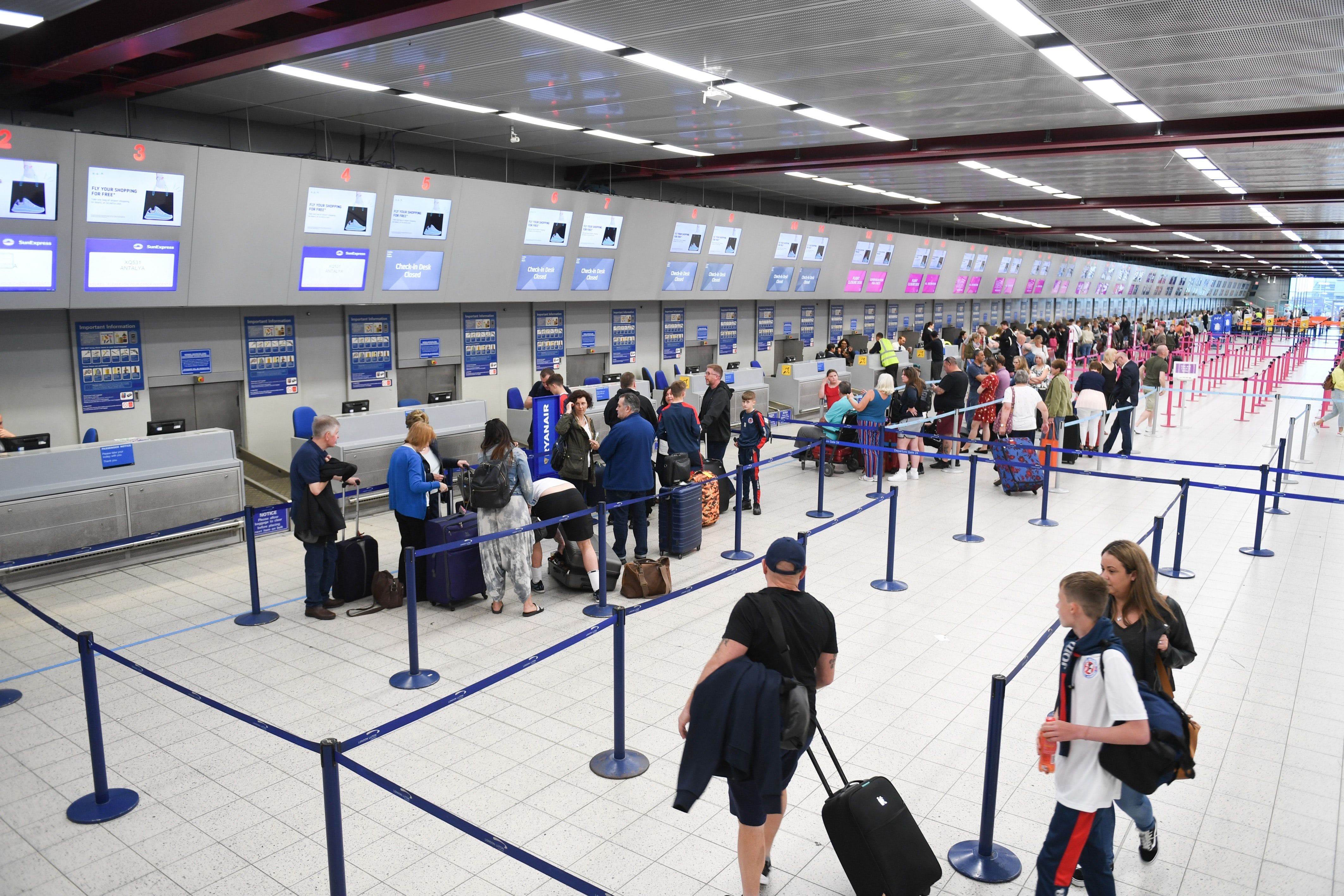The Los Angeles County Department of Public Health was notified and then announced a single case of measles was identified in a non-Los Angeles County resident who traveled to Los Angeles International airport on May 19, while the individual was infectious.1
This individual arrived from Germany on Lufthansa flight LH 452 at the Tom Bradley International Terminal (TBIT) B, Gate 156 on May 19, at 3:04 pm PDT. And the person connected to flight LH 7852 at Terminal 7, Gate 82, which left at 8 pm PDT. There are no additional locations where possible exposures to this traveler may have occurred.1
Individuals who were at LAX TBIT and Terminal 7 from approximately 3:04 pm to 9 pm may be at risk of developing measles due to exposure to this traveler. In collaboration with the Centers for Disease Control and Prevention, passengers assigned to specific seats that may been exposed on Lufthansa flight LH 452 on May 18-19, and LH 7852 on May 19, will be notified of exposure by local Departments of Health. These agencies work together to investigate communicable disease exposures on international and domestic flights to the United States.1
“Measles is spread by air and by direct contact even before you know you have it and can lead to severe disease,” Muntu Davis, MD, MPH, Los Angeles County health officer, said in a statement. “Measles is highly contagious for those who are not immune to it. Initially causing fever, cough, red, watery eyes, and followed by a rash, it can result in serious complications for young children and vulnerable adults.”1
What You Need to Know
The individual, who arrived from Germany on Lufthansa flight LH 452 and connected to flight LH 7852, was infectious during their time at LAX. Passengers who were in the Tom Bradley International Terminal (TBIT) and Terminal 7 from approximately 3:04 pm to 9 pm on May 19 may be at risk of developing measles.
Measles is highly contagious and can lead to severe complications, particularly for young children and vulnerable adults. Those who have not been vaccinated against measles or who have uncertain vaccination status should check their immunization records. Vaccination is recommended within 72 hours of exposure to potentially prevent the disease.
Individuals exposed to measles on the specified flights and at LAX should monitor for symptoms such as fever, cough, red, watery eyes, and rash from 7 to 21 days after exposure. If no symptoms appear by June 9, they are no longer considered at risk.
People who flew on these flights should confirm if they have been vaccinated against measles. If they have not had measles in the past and have not yet obtained the measles vaccine, they are at risk of contracting measles if they have been exposed. Those individuals who have not been immunized or those with unknown immunization status who were at this location during the date and times listed above are at risk of developing measles from 7 to 21 days after being exposed. Exposed individuals who have been free of symptoms for more than 21 days (June 9) are no longer at risk. 1
Although it is not the ideal preventative measure, measles vaccination can be effective post exposure, and is dependent on the timeframe of when individuals get the vaccine.
Patricia A. Stinchfield, RN, MS, CPNP, president, National Foundation for Infectious Diseases (NFID) explains saying there is a 72 hour window from exposure to vaccination. And the results of these vaccination interventions can be quite good.2
“[People] who have been exposed and got their MMR vaccine within that 72 hours can go back to [work], because we feel that they have that protection and coverage that they need,” Stinchfield said. “If you miss that 72 hour window, for some people there is measles immune globulin that can be recommended.”2
References
1.Public Health Confirms Measles Case in Los Angeles County. Los Angeles County Department of Public Health news statement. May 26, 2024. Accessed May 28, 2024.
http://publichealth.lacounty.gov/phcommon/public/media/mediapubhpdetail.cfm?prid=4719
2.Parkinson J. Measles Outbreaks: How Complacency Associated With Immunizations and COVID-19 are Driving Increases. Contagion. February 29, 2024. Accessed May 28, 2024.
https://www.contagionlive.com/view/measles-outbreaks-how-complacency-associated-with-immunizations-and-covid-19-are-driving-increases

